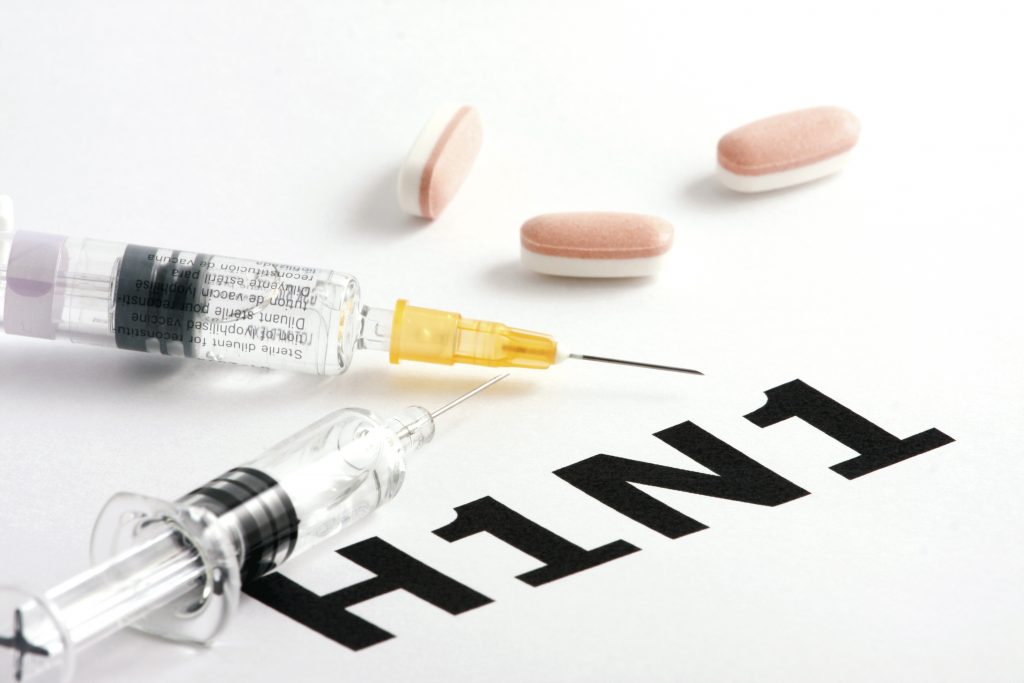Cleanliness is next to godliness. My guess is, your mother said this to you many times when you were growing up. Now you say that to your children. What does that really mean? What it means is that except for worshipping God, the most important thing in life is to be clean. I guess you knew that.
According to the American Heritage Dictionary of Idioms, this phrase was first recorded in a sermon by John Wesley in 1778, but the idea is ancient, found in Babylonian and Hebrew religious tracts. It is still invoked, often as an admonition to wash or clean up. Being clean is a sign of spiritual purity or goodness.
When it comes to our health, hand hygiene, household cleaning and food safety constitute the main focus where emphasis is put to keep our homes and the community healthy. Hand washing is considered the most important and least expensive measure to prevent transmission of infections.
Several studies have shown that the compliance rate for hand washing is poor. In the past physicians, nurses and other health care providers were under attack for not washing their hands before or after seeing a patient. Now the general public is being admonished for not doing enough hand washing.
According to an article in the Canadian Medical Association Journal (CMAJ), consistent recommendations are to clean hands often by washing with soap and warm water or to use alcohol-based gel sanitizers if running water is not accessible. Hands should be washed before eating, before preparing food, after using the toilet, changing diapers or other similar exposure, and after playing with or feeding pets. Hand hygiene after contact with potentially infected objects or infected people is also appropriate.
Quite often, in the restaurants, I see the servers use the same wet cloth over and over again to clean tables. I don’t see them go and wash their hands after that. It makes me cringe. I am sure there are servers and kitchen hands that are very meticulous with their hand hygiene. Just like the health care providers and others who serve and take care of other people.
Does hand washing prevent the spread of influenza? There’s no evidence that good hand hygiene practices prevent influenza transmission, according to a Council of Canadian Academies report commissioned by the Public Health Agency of Canada (PHAC).
This statement rattled the medical community. Hand hygiene is being promoted as one of the several measures to be taken to prevent the spread of H1N1 virus. Despite those 2007 findings, PHAC still recommends hand washing as the primary preventive measure against flu transmission, says CMAJ.
PHAC also said that there is substantial evidence to support hand hygiene as a basic premise of infection prevention and control measures. The agency also indicated that its hand hygiene recommendations are based on a combination of expert opinion and evidence, as reviewed in the British Medical Journal (BMJ 2009;339:b3675). So, there you have it. Science at its best – imperfect and contradictory.
But, do not give up on hand washing. It is a simple thing to do for yourself, your family and for people around you. And if you believe in God then you know you are up there in godliness (religious, saintly, holy, righteous, good.). If you do not believe in God then you are still a winner, by preventing the spread of germs. That is righteous and good. You like that? Go wash your hands now.
Start reading the preview of my book A Doctor's Journey for free on Amazon. Available on Kindle for $2.99!
